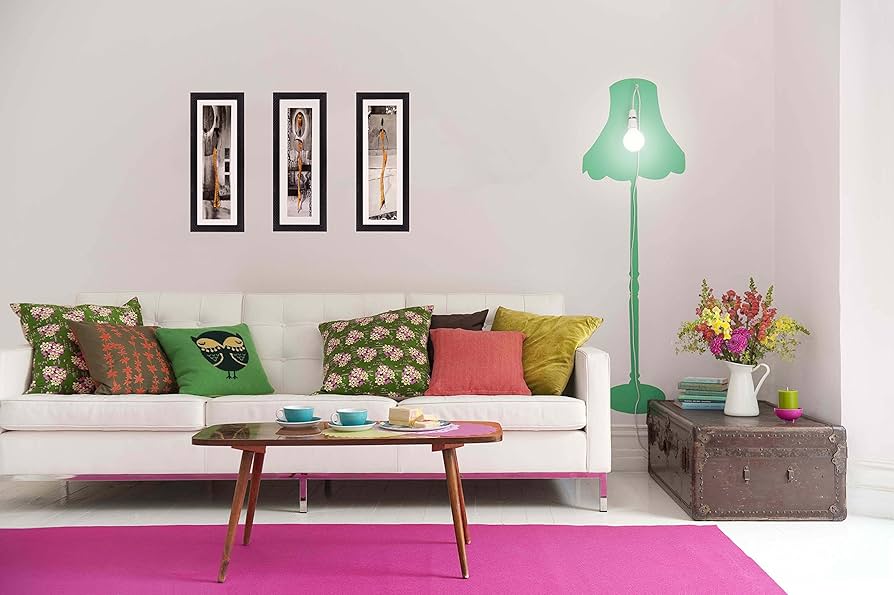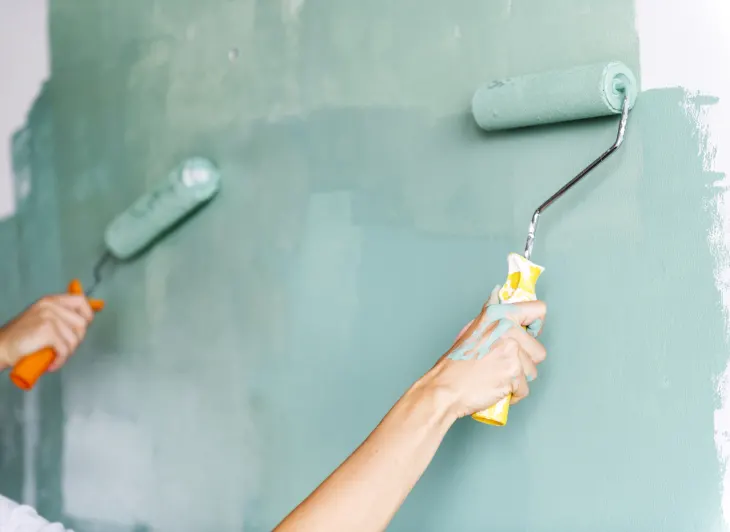
Home painting is one of the most effective ways to refresh your living space, enhance curb appeal, and express your personal style. Whether you’re looking to update a single room or give your entire home a facelift, painting can make all the difference. This guide will walk you through essential tips for choosing colors, paint types, and techniques to make your project successful.

1. Choosing the Right Colors
- Understand the Mood: Colors have a strong impact on the ambiance of each room. For a calming effect in bedrooms, try blues, greens, or soft neutrals. Warm colors like yellows and oranges can energize living rooms and kitchens.
- Sample First: Test paint samples on your walls to see how the color looks in different lighting throughout the day.
- Go Neutral for Resale: If you’re planning to sell, consider neutral shades that appeal to a wide range of buyers.
2. Types of Paint Finishes
- Matte Finish: Ideal for low-traffic areas like bedrooms. It has a soft appearance but can be hard to clean.
- Eggshell & Satin: Great for moderate-traffic areas, such as living rooms, because they’re more durable and easy to clean.
- Semi-Gloss & Gloss: Perfect for kitchens, bathrooms, and trim, as they resist moisture and are easy to wipe down.
3. Interior Painting Tips
- Preparation is Key: Clean walls, fill any holes or cracks, and apply painter’s tape around trim. Proper prep will lead to a smoother and longer-lasting finish.
- Prime for a Smooth Base: A primer coat is essential, especially if painting over dark colors or new drywall.
- Use High-Quality Brushes and Rollers: Good-quality tools give you even coverage and can save you time in the long run.
4. Exterior Painting Essentials
- Choose Weather-Resistant Paint: Exterior paint needs to withstand rain, UV rays, and temperature changes. Acrylic-based paints are often recommended for their durability.
- Prepare and Clean Surfaces: Pressure washing can help remove dirt and peeling paint, which improves adhesion.
- Plan Around the Weather: Paint on a dry, mild day to ensure proper drying and avoid peeling or cracking later.
5. Special Finishes and Techniques
- Textured Painting: Texture paints like stucco, Sufari, or Infinitex add depth and character to walls. They’re ideal for accent walls or adding a unique touch to living rooms and entryways.
- Accent Walls: Using bold colors or textured paint on a single wall creates a focal point in any room.
- Stenciling: Add pattern and design using stencils, perfect for kids’ rooms or creating geometric and nature-inspired designs.
6. Touch-Ups and Maintenance
- Regular Cleaning: Use a damp cloth or mild detergent to wipe down painted walls, especially in high-traffic areas.
- Inspect for Chips and Cracks: Regularly check for areas that might need a quick touch-up to keep the space looking fresh.
- Repaint When Needed: Rooms like kitchens and bathrooms might require more frequent repainting due to moisture and high use.
7. Hiring Professional Painters vs. DIY
- DIY for Small Projects: Painting a single room or a small area can be a fun, rewarding project for DIY enthusiasts.
- Professionals for Big Jobs: Large-scale projects, exteriors, or special techniques are best handled by experienced painters for a polished and durable finish.
Painting can truly transform your home, making it feel refreshed, stylish, and welcoming. Whether you’re tackling it yourself or hiring professionals, a fresh coat of paint is always a worthy investment in your home’s beauty and value.
